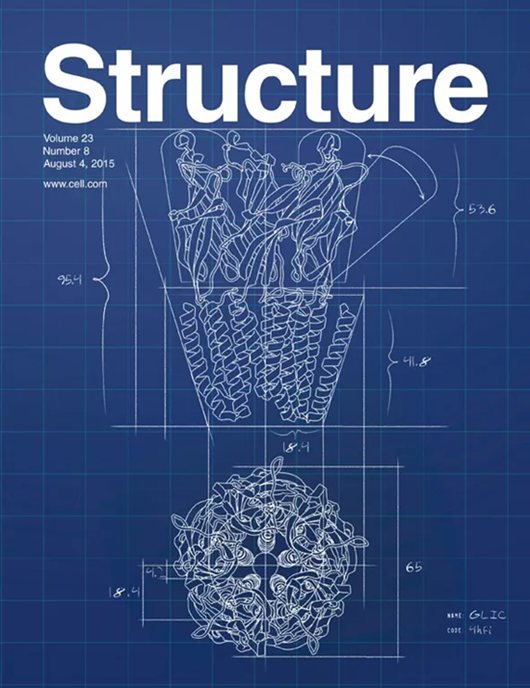Structurally diverse C-terminal accessory domains in type I ABC importers reveal distinct regulatory mechanisms
IF 4.4
2区 生物学
Q2 BIOCHEMISTRY & MOLECULAR BIOLOGY
引用次数: 0
Abstract
ATP-binding cassette (ABC) transporters are critical for cellular processes, facilitating the transport of various substrates across membranes by harnessing ATP hydrolysis. These transporters are divided into importers and exporters, with importers playing key roles in nutrient uptake and bacterial virulence. Despite their therapeutic potential as drug targets, the regulatory mechanisms governing ABC importers remain poorly understood. ABC importers often possess additional cytosolic C-terminal accessory domains fused to nucleotide-binding domains (NBDs). These accessory domains, also referred to as C-terminal regulatory domains (CRDs), modulate transport activity by inhibiting NBD dimerization or ATP hydrolysis in response to environmental cues, thus regulating substrate transport. The diversity in CRD folds, architectures, and regulatory mechanisms adds additional complexity to transporter regulation. This review explores the current understanding of C-terminal accessory domains in type I ABC importers, highlighting their contributions to transporter function.求助全文
约1分钟内获得全文
求助全文
来源期刊

Structure
生物-生化与分子生物学
CiteScore
8.90
自引率
1.80%
发文量
155
审稿时长
3-8 weeks
期刊介绍:
Structure aims to publish papers of exceptional interest in the field of structural biology. The journal strives to be essential reading for structural biologists, as well as biologists and biochemists that are interested in macromolecular structure and function. Structure strongly encourages the submission of manuscripts that present structural and molecular insights into biological function and mechanism. Other reports that address fundamental questions in structural biology, such as structure-based examinations of protein evolution, folding, and/or design, will also be considered. We will consider the application of any method, experimental or computational, at high or low resolution, to conduct structural investigations, as long as the method is appropriate for the biological, functional, and mechanistic question(s) being addressed. Likewise, reports describing single-molecule analysis of biological mechanisms are welcome.
In general, the editors encourage submission of experimental structural studies that are enriched by an analysis of structure-activity relationships and will not consider studies that solely report structural information unless the structure or analysis is of exceptional and broad interest. Studies reporting only homology models, de novo models, or molecular dynamics simulations are also discouraged unless the models are informed by or validated by novel experimental data; rationalization of a large body of existing experimental evidence and making testable predictions based on a model or simulation is often not considered sufficient.
 求助内容:
求助内容: 应助结果提醒方式:
应助结果提醒方式:


